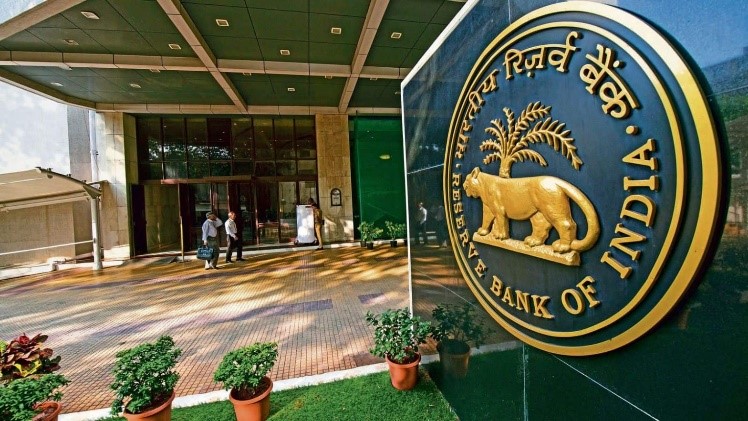Free Courses Sale ends Soon, Get It Now


Free Courses Sale ends Soon, Get It Now



Disclaimer: Copyright infringement not intended.
Context
Details
Why did the RBI become a net seller of US dollars?
CURRENCY VOLATILITY: https://www.iasgyan.in/daily-current-affairs/currency-volatility-and-falling-rupee
Steps taken by RBI to tackle rupee volatility
USD sell/buy swaps:
Spot and Forward markets:
What happens when the RBI sells dollars? It results in extinguishing an equivalent amount in rupees, thus reducing the rupee liquidity in the system.
The mechanism
|
PRACTICE QUESTION Q. What do you understand by the concept of Currency volatility? Shed light on the steps taken by RBI to tackle rupee volatility. |
© 2024 iasgyan. All right reserved